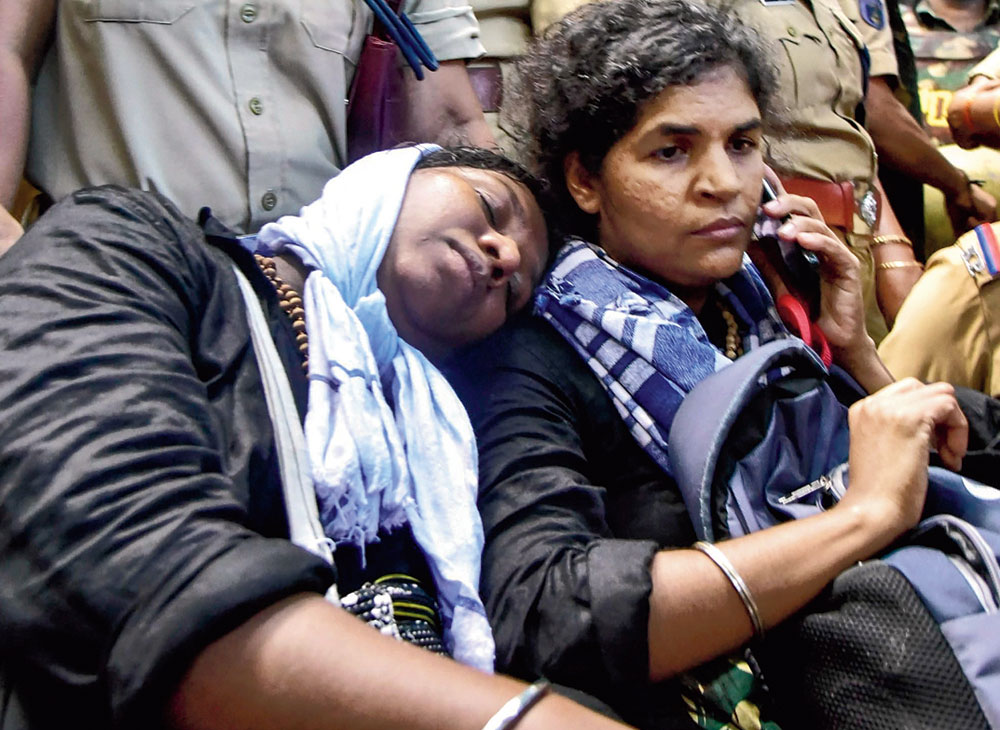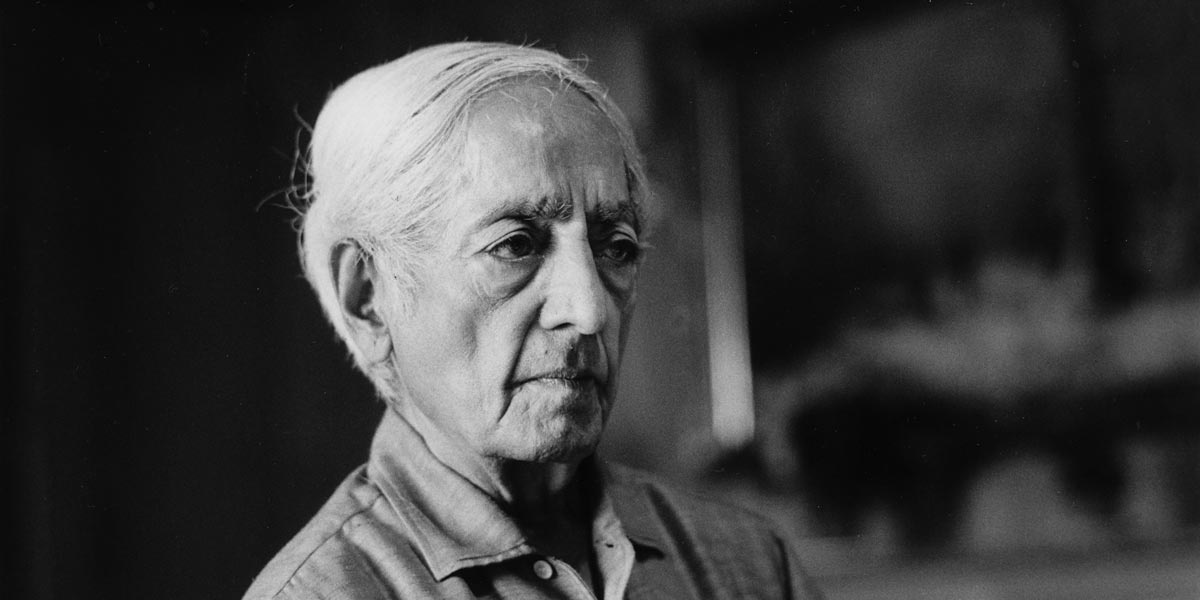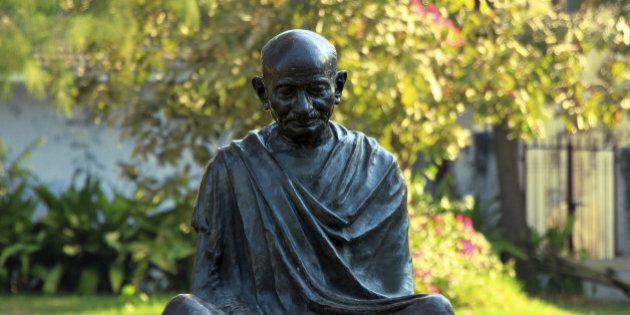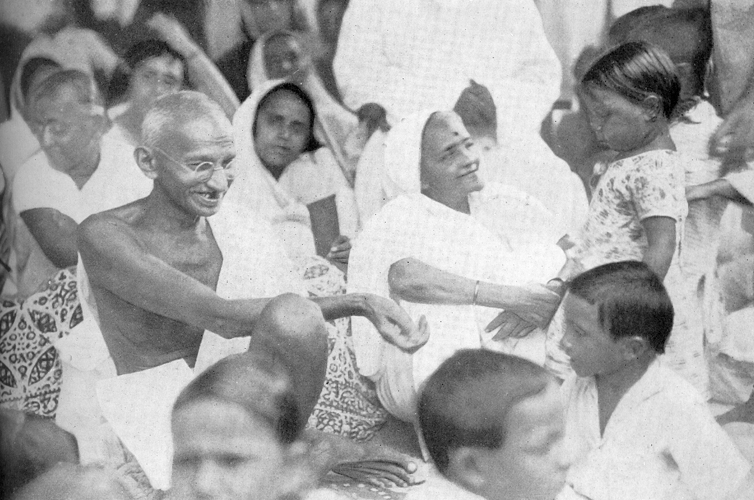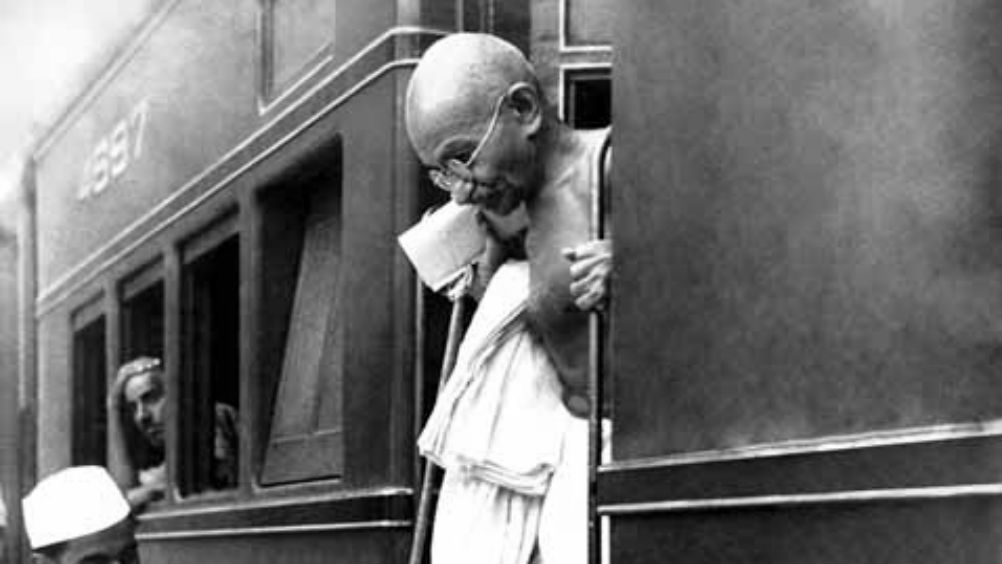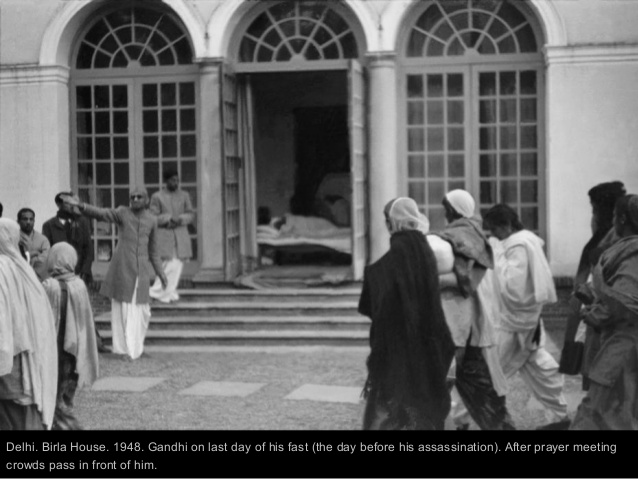The Sabarimala issue raises important question regarding women’s dignity and their right to worship as a constitutional right. It has also highlighted the tussle between religious traditions and civil rights. The dichotomy between modernity and tradition was yet again brought to center stage.
Rajeshwari | The New Leam

On 2nd January, two women in their forties entered Sabarimala temple under the protection of the police. It was the first since the Supreme Court lifted the ban on entry of menstruating women inside the shrine. Bindhu, a lawyer, and Kanakadurga, an activist were the first women to offer prayers at Sabarimala since the SC lifted the ban in September. Post the entry of women the temple authorities closed the temple doors and reopened after the purification rituals. The women confirmed that they had to take police protection and had to discreetly undertake the pilgrimage to gain entry to the temple. The Bharatiya Janata Party declared a black day in the state. This has been followed with widespread violence in the state with 5,769 people arrested and 1869 cases registered so far.
The Sabarimala issue raises important question about women’s dignity and their right to worship as a constitutional right. It has also brought to the forefront the tussle between religious traditions and civil rights of citizens. The ban on women to enter religious sanctuaries and the fight against it has been in news time and again across all religions. While many reasons are put forth to uphold the age old customs and not to infringe logic within the discourse of faith, it is critical to examine how religious customs construct notions of purity and gendered bodies to gain access to certain places.
Growing up as a woman in patrilineal and patri-local society is geared towards a specific creation of a gendered subject within Hinduism. This role and identity as a ‘woman’ is created through a wide process of socialization through rituals, ceremonies, language, and through relations to one’s family. It is within the complex family structure, the performativity of a gender role is actualized. One important element of actualizing the role as a ‘woman’ in the Indian society is its strong association with purity. A society entrenched and built on the basis of caste system, is heavily determined by the notions of ‘purity’ and ‘pollution’ when it comes to its organization of family structure, practices of endogamy, and occupational roles. Manusmriti or Manava Dharmashastra, an imminent legal text under Hinduism comes across as the ultimate guide to determine this structure and function of a Hindu society.

The Manusmriti, which is presented to uphold the ultimate moral life within a Hindu society, has a compilation of rules and descriptions of roles to be performed by each social actor in the society. It also lays down the consequences and negative sanctions of digressions that has to be met with if one tries to transgress the boundaries laid down by the scripture. Apart from stating the rules and duties to be performed by the four varnas, it also lists the duties to be performed by the women within a household. While according laws which states that women’s position should be conformed to the private sphere of their home and should function as dependent subjects of the men- father, husband, or brother, are strongly based on how women’s bodies are perceived. They are embedded within the notion of ‘purity’. Women are not considered as innately pure, rather the Brahminical patriarchal order is given the responsibility of ensuring women remain ‘pure’ by making them dependent and keeping their vileness in check through strict adherence to scriptures.
The menstruating body of an unmarried woman is always considered a threat to the social equilibrium and is seen as a religious pollution.
A body, as described by Nivedita Menon, in Seeing Like a Feminist, is thus not just a physical object. It is constructed and given meaning through its specific position in the social, cultural, and economic practices.
The Ayyappa pilgrimage creates these masculine and heroic overtones among men in relation to how it constructs the position of body. The men undertaking the pilgrimage are characterized by self-imposed ascetic endurance for 40 days. During this endurance, the purity of masculine body is reinforced and this purity grants them the blessings from the deity with bodily, spiritual, and moral strength from the deity which is collectively celebrated. While this immersion into a social group which strives towards the ‘greater masculine’ creates a community of devotees that is egalitarian in many sense- class-caste nexus, this community is also created within a strong premise of ‘othering’ the women as the gender which cannot achieve this ritual purity and strength- an ‘inferior other’. While for men the transgression from the householders’ indulgences to a renouncer of bodily pleasures grants the men the purity to undertake their pilgrimage, it is the body of the women, with its menstrual cycle, that impedes them from achieving purity, thus making them not fit to undertake in the 40 day ritual.
Women’s right to worship raises the question of whether the biological function, and an aspect of the daily lived experience of women, can be a basis for discrimination. Women as equal citizenship holders do have the right to determine their individual civil rights which should be held above the autonomy of religious groups. While the lifting of the ban might still hold back many women from entering the temple based on their faith, it is essential to provide an environment where women are able to make that choice on their own.

